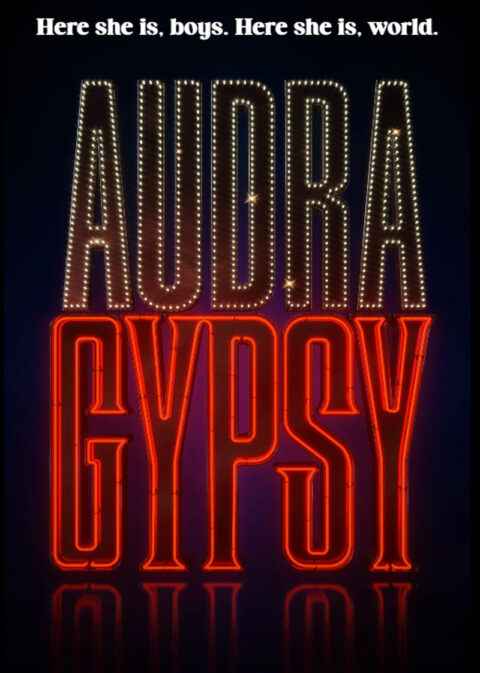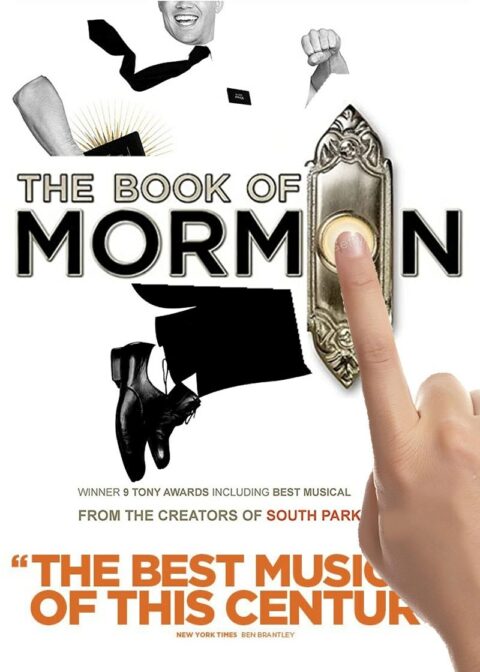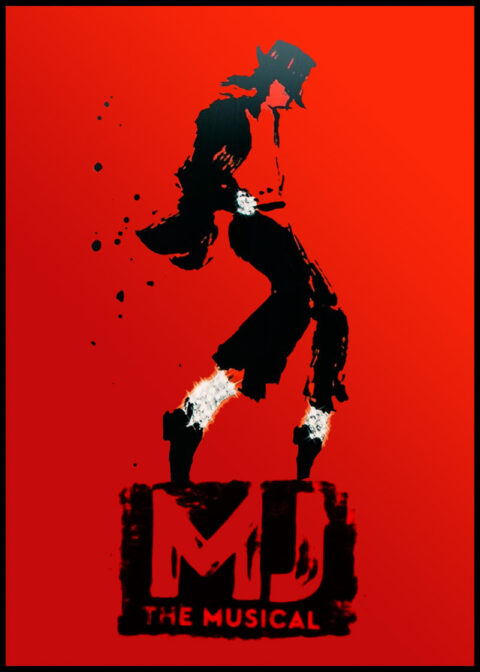Resources for Disabled Patrons Attending Broadway Shows. Discusses the Barriers and Difficulties That Disabled People May Face at Broadway Shows in New York City
Old Broadway Theatres Often Mean Trouble For Patrons with Disabilities
Most Broadway shows appear in old Broadway theaters that were built in a very different time with different attitudes towards people with disabilities.
These theaters, some of which are over 100 years old, have narrow walkways and lots of steps, making it nearly impossible for the wheelchair-bound to maneuver through them. Patrons with vision or hearing problems face similar problems.
Justice Department Puts Pressure on Theatre Landlords to Update Broadway Theatres
The US Justice Department has put pressure on Broadway landlords to provide better accessibility for people with disabilities and things are changing, but disabled patrons still face many challenges. Advocates for the disabled are also working to improve the situation so that handicapped patrons can have a wider variety of seating choices and tools.
Wheelchair Patrons Face Big Hurdles
Accommodating wheelchair guests into these rather old buildings is next to impossible without destroying the infrastructure of the theatres. The biggest challenge for a Paraplegic are the theatres with no elevators. Quadriplegic patrons face daunting hurdles. So what should physically disabled people do when they want to see a Broadway show?
Wheelchair Accessibility
By law, all Broadway theaters must provide a "reasonable accommodation" for wheelchair-accessibility and other disabled clients. Every theatre makes some kind of accommodation for wheelchairs, although some are better than others - their success is usually related to how new or old the theatre is, the newer ones providing better service. the older ones not so much.
Types of Wheelchair Accommodation at Broadway Theatres
There are two types of wheelchair accommodations in Broadway theatres - an empty wheelchair spot or a transfer seat.
The wheelchair spots are usually located in the orchestra section of the theatre and can often be found in the very back, very front, or on the extreme sides of the theater. The transfer seats are located in various locations around the theatre and allow the wheelchair users to transfer out of their wheelchair into an actual seat, where their companion, or the usher, will relocate the users wheelchair to the back of the auditorium.
Both types of seats also have companion seats located next to them, which are reserved. All the official ticketing websites for Shubert, Jujamcyn, Nederlander, Roundabout, MTC and Ambassador theatres have special ticket links specifically for patrons who require accessible seats and tickets. Wheelchair users can get into a Broadway show fairly easily, but will often find it is something of an ordeal to actually get seated.
Mezzanine Access For Wheelchairs
Only a handful of newer theaters have elevators that allow people in wheelchairs to reach other levels of the building including the mezzanine. Many Broadway theatres have such cramped spaces in the mezzanine that even able-bodied people can struggle to find their seats, so accommodating the disabled and wheelchair users in that section would be next to impossible.
Often older Broadway theatres do not even have an elevator. The result is that in most Broadway theatres, the mezzanine is off-limits to wheelchair users.
Bathroom Access For Wheelchairs
Bathrooms at Broadway theatres have been brought up to code for wheelchair patrons, but the theatres still remain somewhat hostile to wheelchair users overall, given the ancient design and layout of the building.
The wheelchair accessible bathrooms are usually on the ground floor or in the orchestra section of the theatre. Some theatres completely lack wheelchair accessible bathrooms and recommend that patrons go to adjacent properties to use the bathroom.
Services For Deaf, Hard of Hearing, and Visually Impaired Patrons
Broadway is also getting better about providing services for deaf and hard of hearing theatergoers. Occasionally, certain Broadway shows have performances that are interpreted in American Sign Language, and captioning is sometimes available as well.
Call the Theatre Development Fund's Accessibility Programs (TAP) office to learn more about when these special Broadway performances are taking place: 212-912-9770 ext. 382. You can view a list of upcoming captioned/interpreted performances on www.tdf.org by selecting “hearing loss” from the drop down menu at the top of the page.
An organization known as Hands On! also sponsors sign language interpreted events around New York City. Visit WWW.HANDSON.ORG for information on upcoming events.
Assistive Listening Devices
Assistive listening devices are popular with patrons who cannot hear well, and these are usually available at the Broadway theater upon arrival. Inductive hearing loops are available in certain theaters. The loop transmits sound electromagnetically, and the signal is picked up by cochlear implants and hearing aids.
The Richard Rogers and Gershwin Theatres have installed these inductive loops to accommodate audience members with hearing loss. A select few other Broadway shows offer a service called i-caption, which is a hand held captioning device that works from any seat in the theater.
To reserve one of these devices, call Sound Associates at 212-582-7678.
Blind and Visually-Impaired Services
There are services for the blind and visually-impaired as well, such as HOSPITAL AUDIENCES Inc's Describe! program. This service provides the audience member with a headset and a live commentary in which, during pauses in the dialogue, a describer explains what is happening on stage. TAP also sponsors Audio Described performances.
To get a list of all of TAP services or to become a member, visit WWW.TDF.ORG/TAP. TAP members are notified of upcoming performances in advance, and they can also purchase discount tickets though TAP.
To determine the accessibility situation for any given Broadway show, the best thing to do is to look up the show that you are interested in on Ticketmaster or Telecharge (these ticketing vendors handle the majority of Broadway shows).

Telecharge Accessibility Information
On TELECHARGE.COM you will find a wealth of information (everything from number of steps in various parts of the theater to information on restroom accessibility) by clicking on the "Access Information" link under the listing for any Broadway show.
Telecharge also allows you to order tickets for wheelchair-accessible seating (as well as a "companion" seat) right online for many Broadway shows. When you click on the "Find tickets" option, if you see a wheelchair icon, you can click on that to order these kinds of tickets this page provides the phone numbers for arranging tickets.
Ticketmaster Accessibility Information
For TICKETMASTER.COM shows, you are usually encouraged to call the theater box office directly for tickets. You will see a "Request Accessible Seating" icon on the order page for each Broadway show -- click on that link to get the appropriate phone number to call to make seating arrangements.
A few Broadway shows offer a ticket request form instead, which you can then fill out and wait for them to contact you with further details. There is also sometimes a little more accessibility info available if you click on the 'Parking' or 'Directions' links on the Broadway show's ticket order page.



